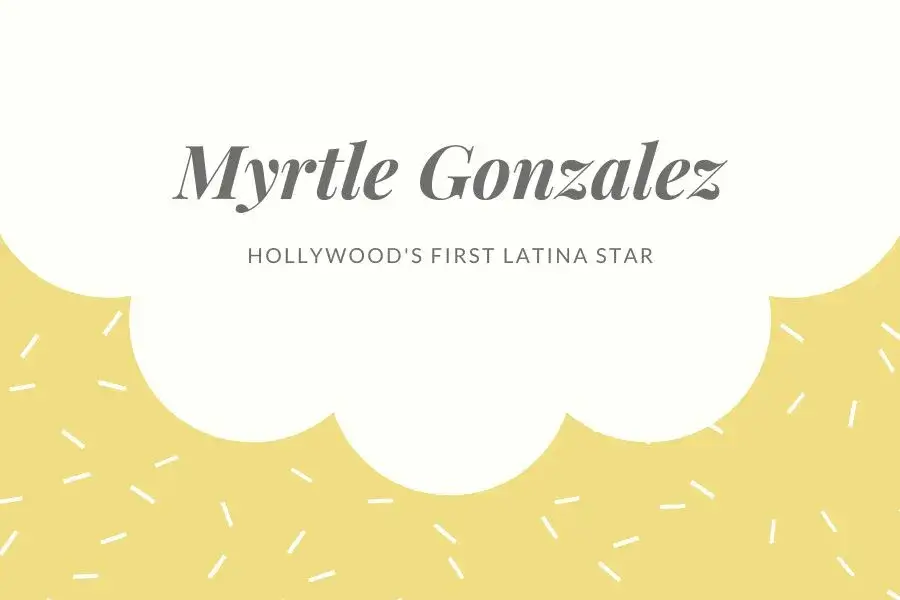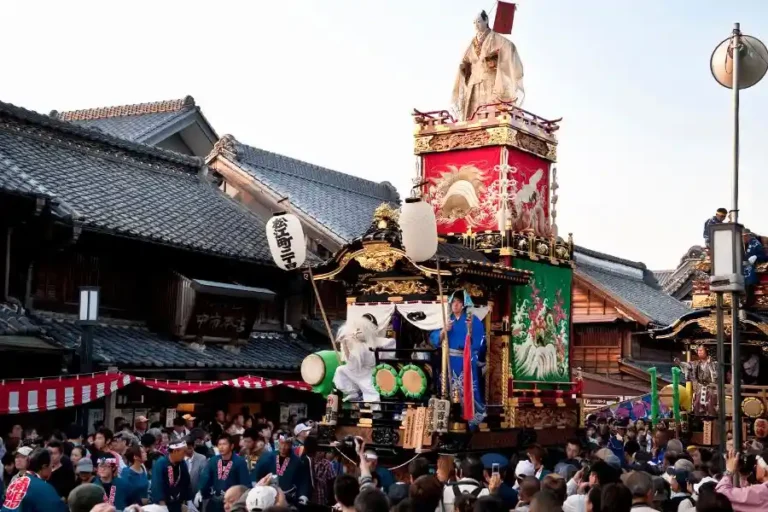Myrtle Gonzalez: The Trailblazing Legacy of Hollywood’s First Latina Star

Myrtle Gonzalez, the “First Latin American Movie Star,” graced the silver screen during Hollywood’s formative years. Her journey transcended mere stardom, becoming a testament to resilience, passion, and cultural representation in the early 20th century.
Early Life and Career Beginnings: A Tapestry of Cultures and Ambitions
Diverse Upbringing
Born on September 28, 1891, in Los Angeles, California, to Mexican immigrant parents, Myrtle’s childhood was immersed in a kaleidoscope of cultures. As the youngest of five children, she absorbed the richness of Spanish and American influences.
The Spark of Passion
The trajectory of Myrtle’s life altered dramatically at the age of 14 when a traveling vaudeville troupe visited her school. Captivated by the stage, she persuaded her parents to let her join as an assistant, laying the groundwork for a future in acting.
The Cinematic Debut
In 1911, Myrtle’s cinematic odyssey commenced with a supporting role in D.W. Griffith’s “The Immigrant.” This early exposure to the film industry began a captivating career.
Rise to Fame in Silent Films: A Cinematic Journey Beyond Boundaries
Myrtle, christened “The Virgin of the Silver Screen,” faced challenges endemic to Hispanic actors in the early 1900s. Despite starting with minor roles, her innate talent and determination catapulted her to stardom.
Personal Life and Relationships: The Untold Chapters Behind the Silver Screen
Family Ties
Myrtle’s connection to the stage was familial; her father, a stage actor, and her mother, a singer, cultivated an environment where creativity flourished. Her formative years were a delicate dance between the footlights and family ties.
Romantic Chapters
Myrtle’s personal life played a pivotal role in shaping her public persona. Her first marriage to silent film director George Marshall in 1913 and subsequent union with cinematographer Allen McNeil in 1929 added complexity to her narrative. Despite the challenges in her love life, Myrtle remained steadfast in her dedication to her career and relationships.
Legacy of Myrtle Gonzalez: Breaking Barriers and Shaping Cinematic History
Myrtle’s impact transcended the confines of the silver screen. As one of the first successful Mexican-American actresses, she shattered stereotypes, paving the way for future generations of Latinx performers. Her legacy echoed through the halls of Hollywood, influencing the very fabric of storytelling.
Controversies and Scandals: Navigating the Storms of Early Hollywood
Myrtle Gonzalez’s Hollywood journey was not without its share of controversies. One of the most infamous was her entanglement with director Herbert Blaché, a scandal that reverberated through the echelons of early cinema. Additionally, she faced discrimination based on her Mexican heritage, grappling with societal prejudices and challenging stereotypical roles.
Influence on Hollywood and Pop Culture: The Everlasting Impact of “The American Beauty”
“The American Beauty” left an indelible mark on Hollywood, redefining the portrayal of female characters in films. Gonzalez’s influence extended beyond the silver screen, making her a trailblazer for Latinx representation in an industry dominated by white actors.
Remembering Myrtle Gonzalez: A Journey Through Honors and Tributes
Myrtle’s contributions were posthumously acknowledged through awards and a Hollywood Walk of Fame star, solidifying her legacy. Despite her untimely death at the age of 27, her talent and impact continue to resonate through the annals of cinematic history.
Conclusion
In conclusion, Myrtle Gonzalez’s pioneering spirit, talent, and resilience shaped Hollywood’s early landscape and laid the groundwork for greater inclusivity. Her impact on cinema history is not overlooked, making her an indispensable figure in the entertainment world. You can also know about Compagnia Italiana Computer through that link.
FAQs
What was Myrtle Gonzalez’s breakthrough role?
Myrtle’s breakthrough came with the lead role in Thomas Ince’s “A War-Time Widow” (1915).
How did Myrtle challenge stereotypes in Hollywood?
Myrtle took on dynamic roles that defied gender and racial stereotypes, showcasing her versatility.
What controversies surrounded Myrtle’s personal life?
Myrtle’s involvement with director Herbert Blaché and rumors about her love life stirred controversies.
How did Myrtle influence Latinx representation in Hollywood?
Myrtle broke barriers challenging stereotypes, and paved the way for future Latinx performers.
What honors did Myrtle Gonzalez receive posthumously?
She received a Bronze Plaque for “The Mexican” in 1919 and an honorary award for being the “most beautiful woman in Mexico” in 1920.





